Kobe Summer School (Advanced Science and technology, Undergraduate) 2014
``Kobe Summer School 2014'' will be held from July to September, 2014.
During this period the following lectures will be given in English.
In order to register each course, undergraduate students of Kobe University
should ask to the Section of Academic Affairs (Kyomu-gakusei-kakari) of
the faculty
which will organize each course.
![]()
science
UG-1 Interplay between differential equations
integrable systems and algebraic geometry
Date :July 23~25, 2014 (3days)
Time :3・4 period
Venue:B301, Faculty of Science
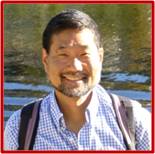 Motohico MULASE (University of California, Davis campus) Motohico MULASE (University of California, Davis campus) |
 Olivia DUMITRESCU (Leibnitz University of Hannover) Olivia DUMITRESCU (Leibnitz University of Hannover) |
Interplay between differential equations
integrable systems and algebraic geometry
In this course, we will explain the fundamental facts about differential
equations and integrable systems and their examples. We will explain the
way to describe phase space in terms of algebraic geometry. Moreover, we
will review recent works on its relation to quantum invariants.
(Tentative Schedule)
1. Introduction
2. Differential equations and integrable systems
3. Examples
4. A brief guide to algebraic geometry
5. The WKB method
6. Quantum invariants and integrable systems
7. Further discussion I
8. Further discussion II
UG-2 Introduction to Natural Sciences, Ⅰ
Date :July 22~29, 2014 (6days)
Time :5 period
Venue: Z103, Faculty of Science
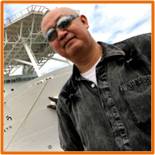
Yoshiyuki TATSUMI (Professor of Earth and Planetary Sciences, Kobe University)
Drilling into the Memory of the Earth. An Introduction to International Ocean Discovery Program
The International Ocean Discovery Program (IODP) is an international marine research collaboration between 26 nations dedicated to advancing scientific understanding of the Earth using specialized ocean drilling platforms staffed by multidisciplinary research scientists. Japan is one of the leading nations of IODP and has provided a cutting-edge, riser-equipped deep sea drilling vessel, CHIKYU, which is capable of drilling up to a 7,000m deep sea floor. Internationally endorsed targets for CHIKYU are seismogeniczones that cause ultra large earthquakes such as Nankai earthquakes, intra-oceanic arcs creating continents that typify the planet Earth, and the Earth’s mantle that occupies 80% of this planet. This lecture shall introduce these projects that Japan leads.

Masahiko ARAKAWA (Professor of Earth and Planetary Sciences, Kobe University)
Earth and Planetary Sciences: Origin and Evolution of Solar System
How was our solar system formed and evolved? Our solar system has eight planets like the Earth and other various bodies such as satellites, asteroids, and comets. In this class, we learn about the origin and the characteristics of these bodies, and the recent progress of the Japanese planetary exploration of asteroids is introduced.
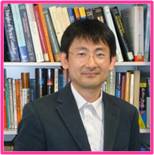
Yuji YAMAZAKI (Associate Professor of Physics, Kobe University)
The experiment to find the Higgs particle
In 2012, the long-awaited Higgs particle was finally found at the LHC experiment,
which has let to the Nobel Prize in Physics 2013. This lecture explains
about how the particle gives mass to other elementary particles and how
the new particles were found experimentally.
Lecture 1: the world of elementary particles and the Higgs particle
Lecture 2: accelerator
and experiments for finding a new particle
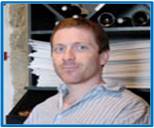
Wayne ROSSMAN (Professor of Mathematics, Kobe University)
How Einsten saw sphere?
In these two lectures we will use only the most basic tools from calculus
to introduce two rather remarkable theories. One is the theory of relativity
that is now so indispensable for the daily operation of modern-day life.
The other is a theory that led to Perelman‘s solution of the Poincare conjecture,
which became headline news worldwide. Our goal is to give an introduction
to these two topics that is easily understood and yet still shows their
depth. We will approach this with two very down-to-earth applications,
as stated in the two titles for the lectures.
Lecture 1: How Einstein
saw spheres
Lecture 2: The fence
of least perimeter about a farm of given size
UG-3 Introduction to Natural Sciences, Ⅱ
Date :July 30~August 6, 2014 (6days)
Time :5 period
Venue: Z103, Faculty of Science
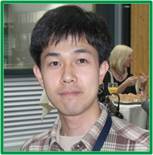
Hidehiro FUKAKI (Associate Professor of Bioligy, Kobe University)
Biology: Introduction to Plant Science
What is a plant? How do plants live? What do plants give us? This lecture provides basic knowledge on plants and discusses the importance and future of plant science.
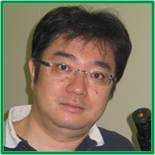
Mitsuhiro MORITA (Associate Professor of Bioligy, Kobe University)
Evolution of the Brain
The human brain is the last frontier of modern science. Fine control of finger movement, emotion, language, and strategic planning for surviving in the wild, as well as in our society are all consequences of information processing by the brain. This talk focuses on the evolution of diverse brain functions by virtue of emerging unique neural networks.
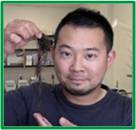
Takuya SATO (Associate Professor of Bioligy, Kobe University)
Ecology: Exploring biodiversity in space and time
How many species inhabit planet earth? How species can co-exist, and function to maintain ecological processes, including carbon and nutrient cyclings? Students will learn basic concepts of Ecology that will be helpful in answering the above questions.
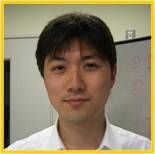
Ryousuke MATSUBARA (Associate Professor of Chemistry, Kobe University)
Chemistry: Science of Molecules
How does medicine relieve pain? How can insects lure their partner? Can we make ice-cream’s smell from petroleum? Students will learn very basic chemistry in this class and acquire the knowledge necessary to answering these questions.
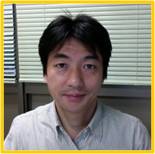
Yasuhiro KOBORI (Professor of Chemistry, Kobe University)
Chemistry: photosynthesis and solar cell
How do biological molecules convert sunlight to chemical energy? How do organic solar cells generate photocurrent? Students will learn very basic quantum chemistry to understand the mechanism of photo-energy conversions.
G-1 A mathematical theory of quantum curves
Date :July 28~August 1, 2014 (5days)
Time :3~5 period
Venue:B314, Faculty of Science
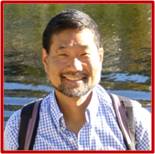 Motohico MULASE (University of California, Davis campus)
Motohico MULASE (University of California, Davis campus) |
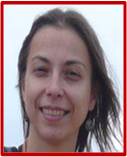 Olivia DUMITRESCU (Leibnitz University of Hannover)
Olivia DUMITRESCU (Leibnitz University of Hannover) |